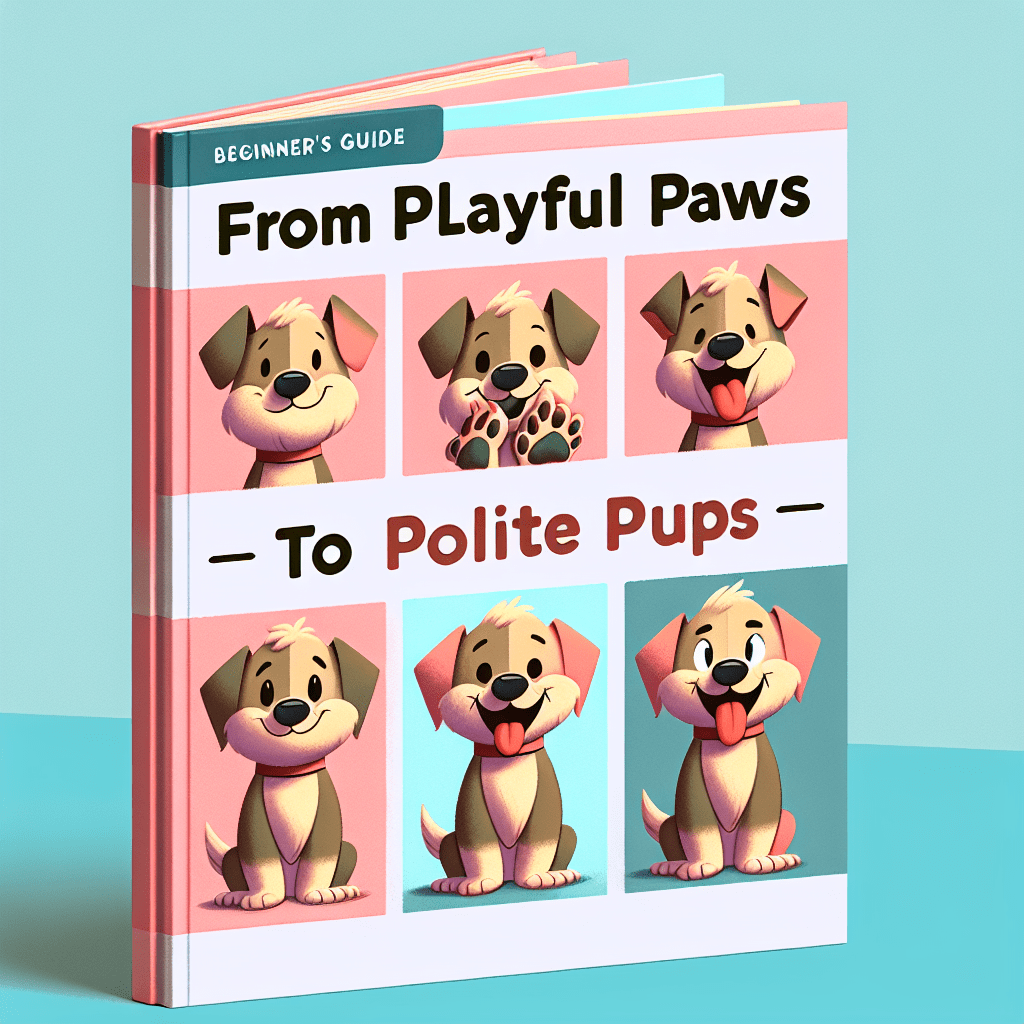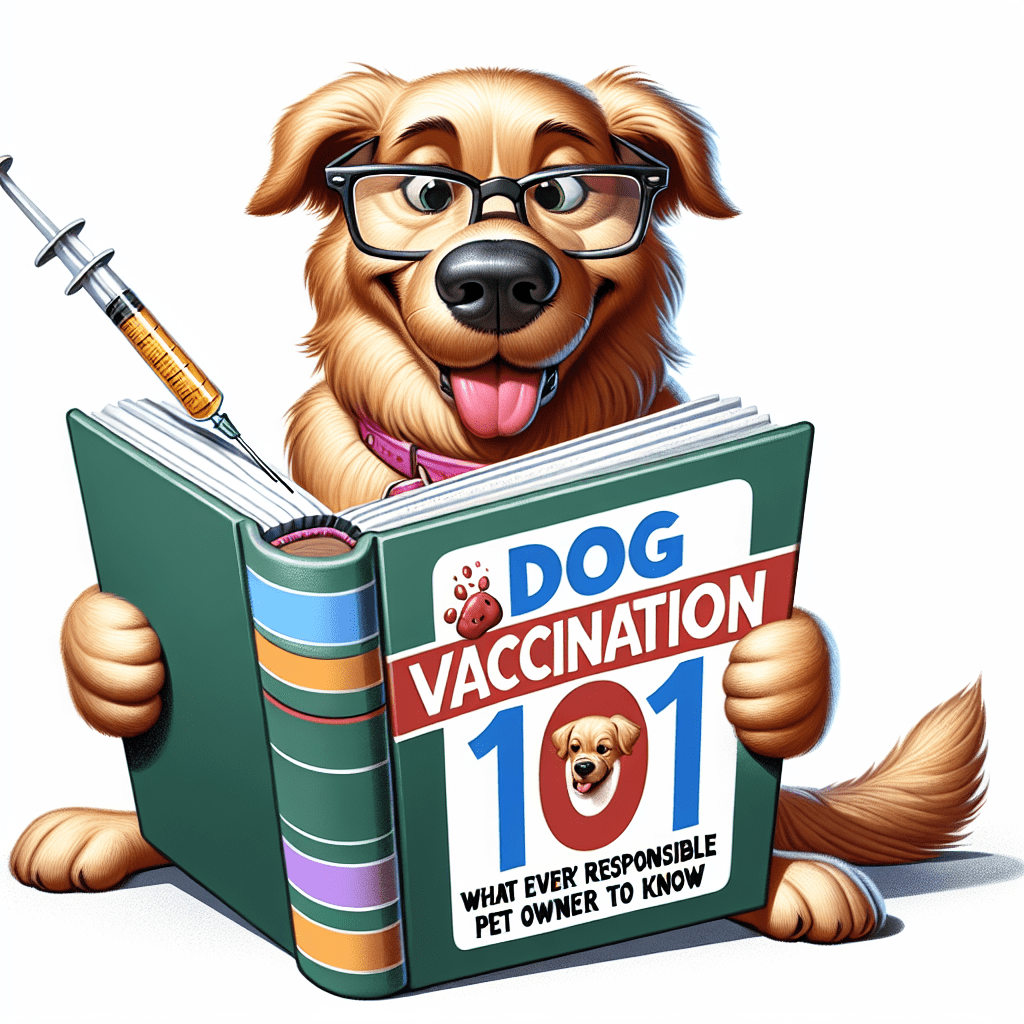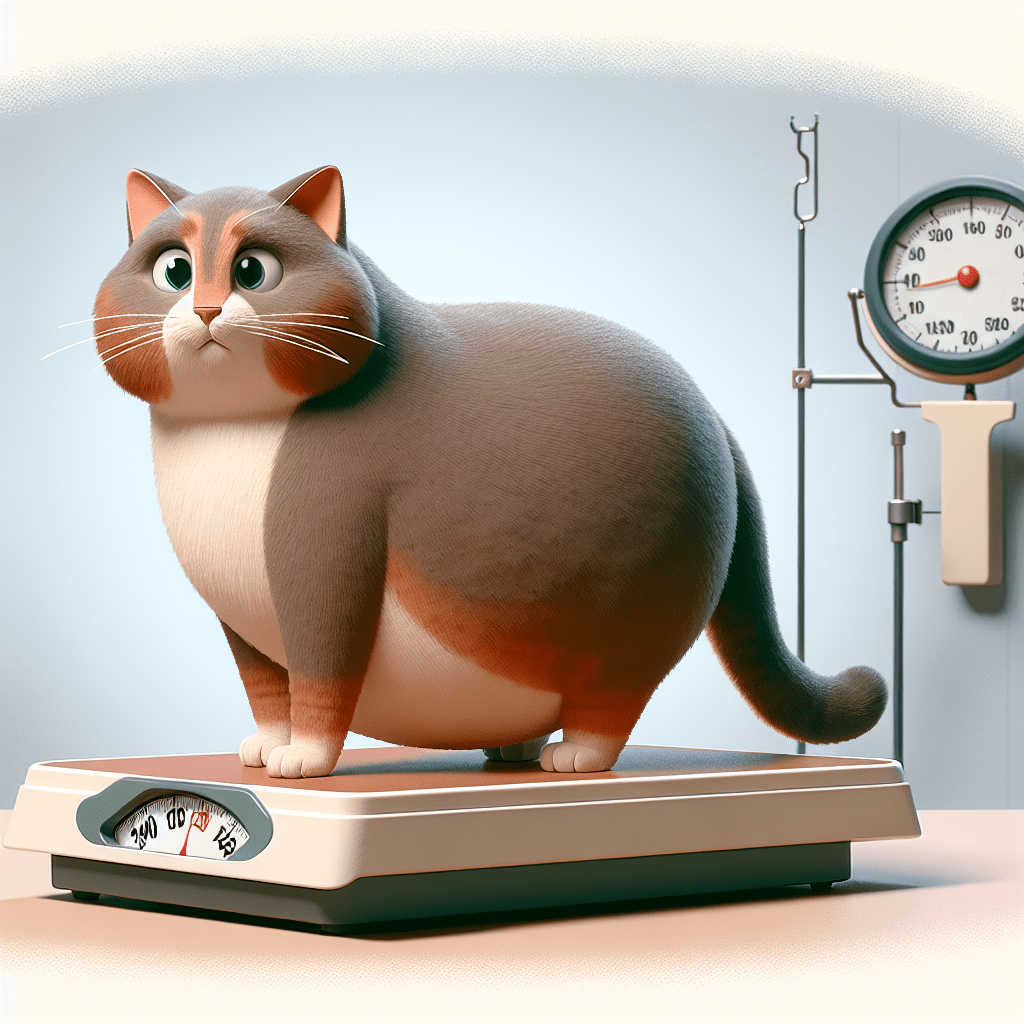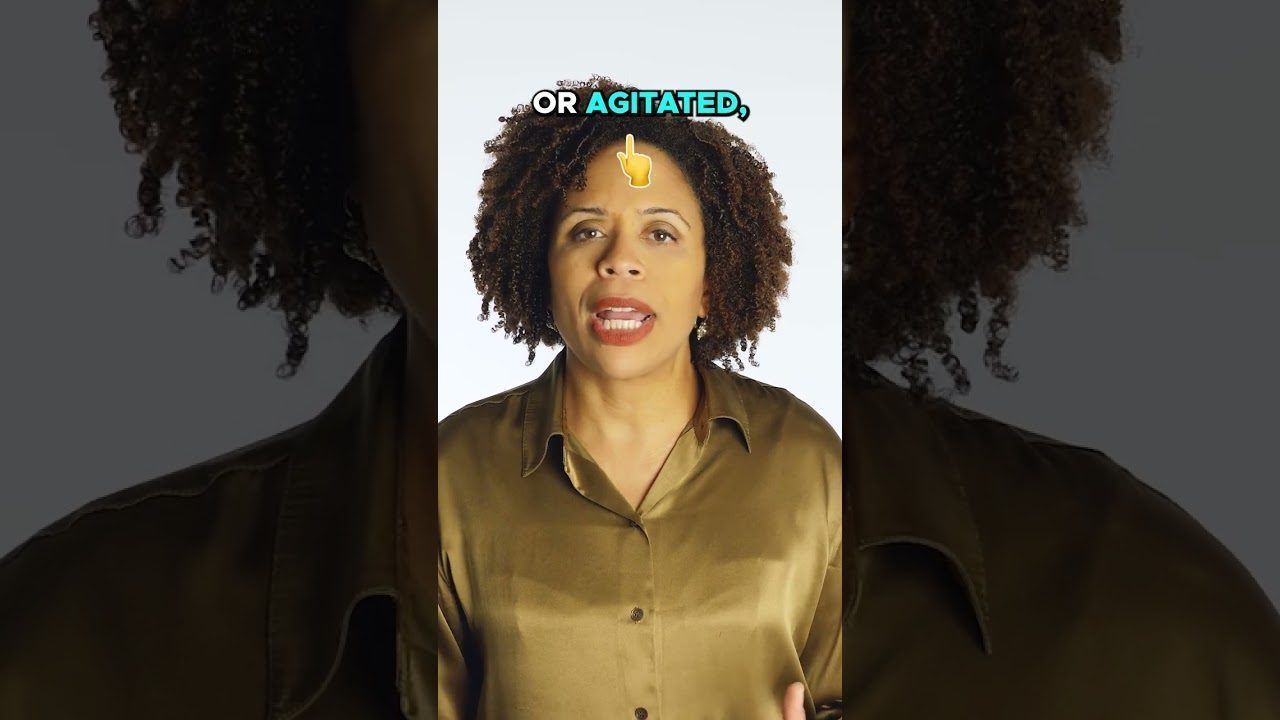Get your free Book Here
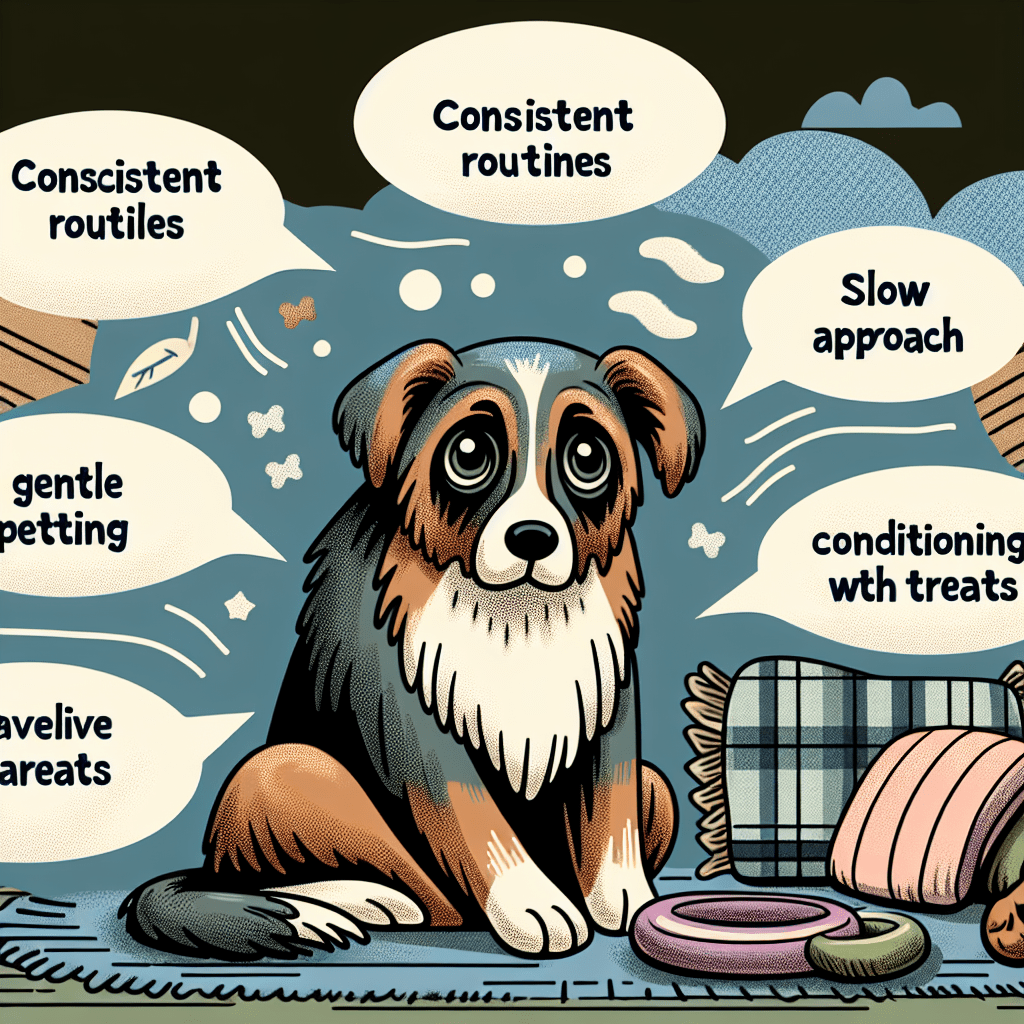
From Fearful to Fearless: Expert Tips for Comforting Anxious Dogs
As a dog lover and veteran trainer, I’ve spent countless days and nights alongside our four-legged friends, working to understand their fears, anxieties, and quirks. One of the most heart-wrenching experiences is witnessing a dog’s struggle with anxiety. Whether it’s fear of loud noises, new environments, or unfamiliar faces, these challenges can weigh heavily on both the dog and the owner. But don’t worry! The journey from fearful to fearless is not just possible; it can be immensely rewarding.
In this blog post, I’ll share my expert tips for comforting anxious dogs, ensuring you and your furry companion can navigate the world with joy and confidence. Let’s embark on this journey together and help your dog transform their fears into a sense of security.
Understanding the Roots of Anxiety
To start, understanding why your dog is anxious is crucial for effective intervention. Dogs can develop anxiety due to various reasons, including:
- Lack of Socialization: Puppies need exposure to different people, places, and experiences.
- Traumatic Experiences: A previous negative encounter can leave lasting fears.
- Genetics: Some breeds are predisposed to anxiety.
- Health Issues: Pain or illness can provoke anxious behaviors.
- Change in Environment: Moving to a new home or experiencing shifts in the family dynamic.
By identifying the root cause of your dog’s anxiety, you can tailor your approach to suit their unique needs.
Creating a Safe Space
One of the simplest yet most effective ways to help your anxious dog is to create a cozy, secure environment. Here’s how you can set up a comforting space:
- Calming Bed or Crate: A designated safe space, like a crate or a cozy bed, helps them feel secure.
- Familiar Scents: Introduce their favorite blanket or a piece of your clothing to provide comfort.
- Reduce Noise: Soundproofing their area or providing white noise can minimize startling sounds.
- Soft Lighting: Dim and soft lighting helps create a calming atmosphere.
- Interactive Toys: Engaging toys can distract them from their anxiety.
This sanctuary will serve as their escape when the world feels overwhelming, promoting relaxation and security.
Practicing Gradual Exposure
Once your dog has a safe space, practicing gradual exposure can help them face specific fears head-on. Here’s how to do it effectively:
- Start Small: Introduce them to mildly anxiety-inducing situations and gradually increase the intensity.
- Reward Bravery: Use high-value treats and positive reinforcement whenever your dog shows courage.
- Keep Sessions Short: Limit exposure sessions to avoid overwhelming your dog.
- Desensitization: Gradually get them used to the sound of fireworks or thunder by playing recordings at a low volume.
- Consistent Practice: Regular practice helps reinforce confident behavior over time.
By methodically exposing your dog to their fears, you can help them build resilience and comfort in unfamiliar situations.
Seeking Professional Help
If your dog’s anxiety persists, it may be time to consult a professional. Here are some options:
- Veterinarian: Health issues can manifest as anxiety; a vet can rule out medical problems.
- Certified Dog Trainer: A trainer can provide tailored strategies to address behavioral issues.
- Animal Behaviorist: For severe anxiety, a behaviorist can create a customized behavior modification plan.
Involving professionals can be game-changing, turning fearful dogs into confident companions.
Practical Tools for Comforting Anxious Dogs
Using practical tools can significantly enhance your efforts to comfort your anxious dog. Here are some helpful options:
- Calming Treats: Utilize treats that contain calming ingredients like CBD oil or chamomile.
- Anxiety Wraps: These snug-fitting wraps can provide a soothing effect similar to swaddling a baby.
- Pheromone Diffusers: These release calming synthetic pheromones to ease anxiety.
- Sound Therapy: Play soothing music designed specifically for dogs.
- Anti-Anxiety Medications: Consult your vet about medication options for severe anxiety.
Incorporating these tools can offer additional support to your furry friend on their journey to becoming fearless.
FAQ Section
Q: How long will it take for my dog to overcome their anxiety?
A: Every dog is different. Some may see improvements within weeks, while others may take months. Consistency and patience are key.
Q: Can anxiety be completely cured?
A: While some dogs may never be entirely free of anxiety, they can learn to manage their fears effectively.
Q: What are common signs of dog anxiety?
A: Signs include excessive barking, destructive behavior, pacing, trembling, and hiding.
Q: Is it normal for dogs to have anxiety?
A: Yes, just like humans, dogs can experience anxiety, and it’s quite common.
Q: Can I train my dog myself if they are anxious?
A: Absolutely! Many dog owners successfully help their anxious pets. However, don’t hesitate to reach out for professional guidance if needed.
Disclaimer: As an Amazon Associate, I earn from qualifying purchases, I may earn a commission from qualifying purchases as an affiliate. Please note that I only recommend products I believe will provide value to my readers.
In your journey from fearful to fearless, remember that every small step counts. With patience, love, and the right strategies, your anxious dog can thrive, bringing both of you immense joy. Together, we can transform those fearful moments into confident adventures!

